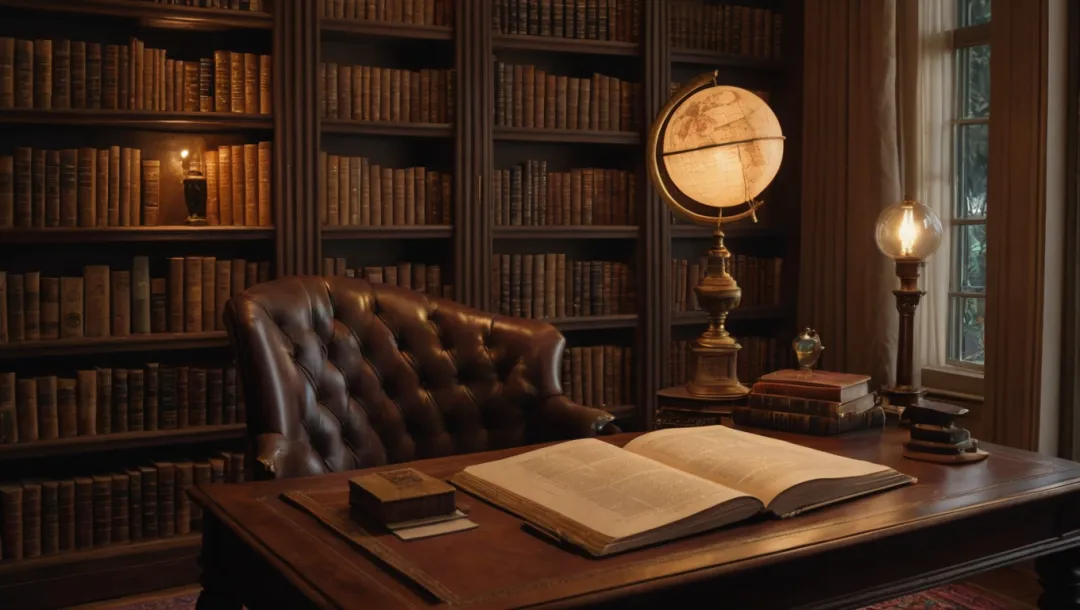Revisiting ‘The Moon and Sixpence’

In the world of literature, certain classics refuse to fade into the background, and ‘The Moon and Sixpence’ is one such masterpiece that continues to captivate readers and critics alike. The novel, inspired by the life of the famed painter Paul Gauguin, offers a complex exploration of the pursuit of art and personal liberation.
The narrative follows Charles Strickland, a stockbroker who abandons his mundane life and family in London to pursue his unyielding passion for painting in Tahiti. This bold move and his subsequent life echo the experiences of Gauguin and present a controversial figure that defies societal norms and expectations.
While the tale unfolds, the readers are compelled to grapple with themes of obsession, sacrifice, and the often-painful cost of genius. Strickland’s character, although not conventionally likable, challenges the audience to consider the value of conventional morality against the backdrop of artistic greatness.
To this day, discussions and analyses arise around the central character’s life choices and their impact on those around him. Recent literary panels and book clubs have reignited interest in Somerset Maugham’s work, dissecting the layers of its narrative and the human complexities it portrays.
Furthermore, the book’s title itself ‘The Moon and Sixpence’, symbolically representing the yearning for something beyond reach and the small, seemingly insignificant joys of life, provokes thought about the dualities within human desires. This rich symbolism and its implications on the pursuit of life’s passions remain a topic of vibrant discussion.
It is evident that ‘The Moon and Sixpence’ continues to resonate with audiences, offering a fresh perspective on the eternal conflict between societal expectations and personal fulfillment. As life imitates art and art imitates life, the legacy of this literary gem shines on, inviting new generations to unravel its complexities.







